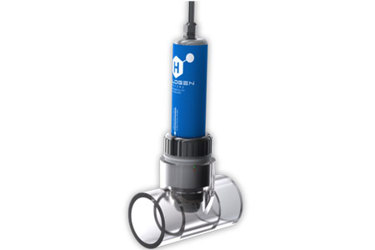Eliminating Chlorine Sensor Pain Points With New Technology

Accurate chlorine measurement is essential for public health and regulatory compliance in drinking water utilities. However, traditional chlorine sensors often present significant operational challenges, or "pain points," that increase costs and demand frequent intervention. These issues stem from the reliance on membranes and reagents, high maintenance requirements for cleaning and calibration, and sensitivity to flow variations that make them ineffective in low-flow conditions. Furthermore, fluctuating water matrices, such as changes in pH and conductivity, can skew readings.
New multi-parameter sensor technology is transforming amperometric chlorine analysis by eliminating these drawbacks. These innovative sensors measure up to seven parameters simultaneously—including free chlorine, monochloramine, total chlorine, pH, conductivity, temperature, and ORP. The design eliminates the need for membranes and reagents and features a self-cleaning mechanism for flow-independent operation, allowing use in low-flow or stagnant conditions. This approach reduces maintenance to a minimal annual upkeep, conserves a significant volume of water annually, and integrates compensation for pH and conductivity variations for enhanced accuracy.
Explore the full article to understand how to boost efficiency, improve reliability, and reduce costs in your chlorine monitoring program.
Get unlimited access to:
Enter your credentials below to log in. Not yet a member of Water Online? Subscribe today.
